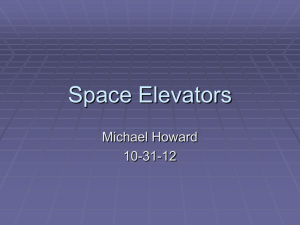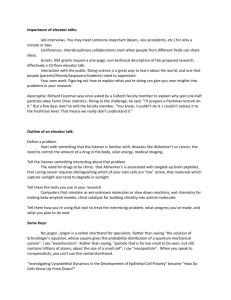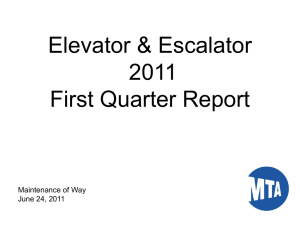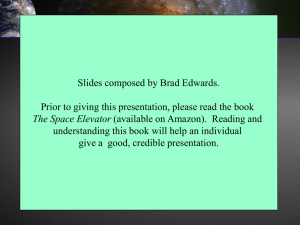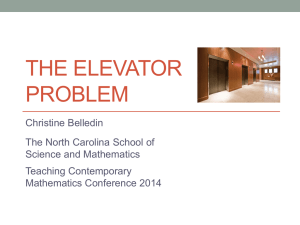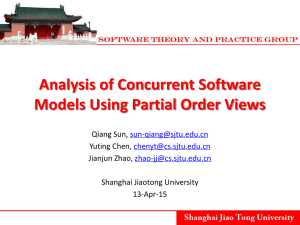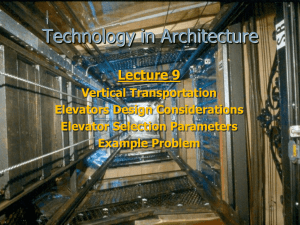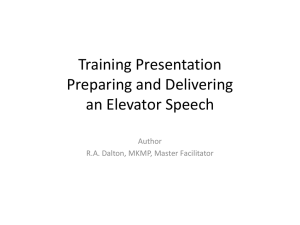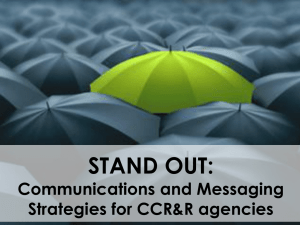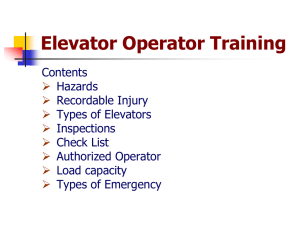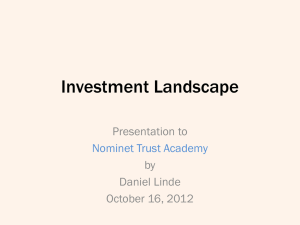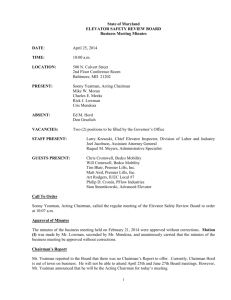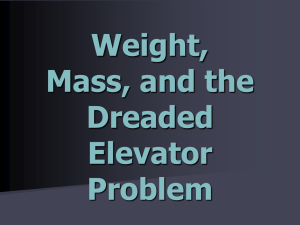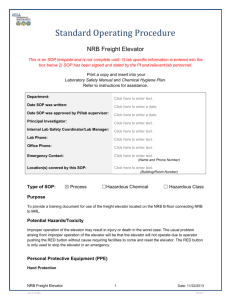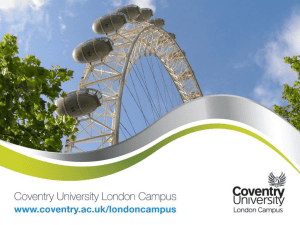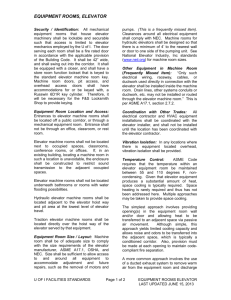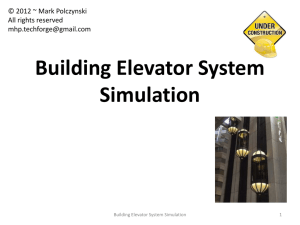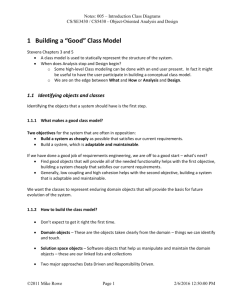Future / Going up - Tim Burry
advertisement
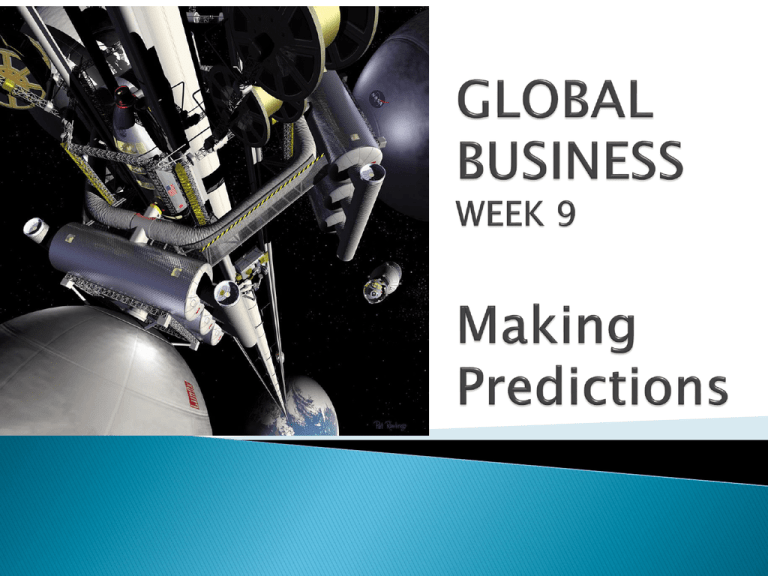
Man is constantly exploring new possibilities and making new discoveries. New technology will shape our future and open up new opportunities for business. But developing a new technology takes time and needs a huge amount of funding. People who want to finance new ventures need to borrow a lot of capital. But it may be difficult to persuade people to invest in a project that is very risky or doesn’t have the potential to make much profit. a. Money you lend to someone so that they can start a business venture. b. Full of the possibility of danger, failure, or loss. c. The act or an instance of discovering. d. Having or showing the capacity to develop into something in the future. e. Possibility of future success. f. A risky or daring journey or undertaking. g. Money provided (usually by an organization or government) for a particular purpose. h. To commit (money or capital) in order to gain a financial return. 1. What are the benefits of exploring space? Are there any benefits for business? A number of scientists dream of building an elevator into space. A space elevator could link the Earth with space, and provide an easier way to send people and things up into space. To build it, you need a very strong cable which permanently connects a platform in space to a platform on the surface of the Earth. The space platform will be at the same height above the Earth as most satellites. The Earth platform will be on the sea near the equator. Astronauts and goods could travel inside a capsule which moves up and down the cable between the two platforms. 1. What do you think of the space elevator idea? What benefits could it have? 1. Read the article, An Elevator to Space. 2. What are the two main disadvantages of launching satellites into space? 3. Is the space elevator a private or government project? 4. What two big problems does Michael Laine have to solve before he can build the space elevator? 5. What is LiftPort trying to do to solve these problems? 6. Can LiftPort make money from the space elevator? How? What do these numbers refer to? 1. 2018 2. $100 million 3. $7 billion to $10 billion 4. $20,000 5. 5 thousand kilos 1. Do you think the space elevator will ever happen? Why? / Why not? 2. Would you like to travel into space? Why? / Why not? 1. Capital 2. Start-up cost a. Careful control of costs, necessary when you have very little money 3. A tight budget b. The profit you make from an activity in relation to how much money you put in 4. Potential c. Money you lend to someone so that they can start a business venture 5. Return on investment d. The time needed to get back the cost of an investment 6. Payback period a. The expense of setting up a new business or new project b. Possibility of future success Capital start-up cost a tight budget potential return on investment (ROI) payback period Finance for Space Ventures It is very difficult for companies in the private space CAPITAL industry to find the necessary ___________ for new space projects. Private investors don’t like investing in space Start-up cost is high, and because the because the ___________ Payback period can be as much as 20 years or more. ____________ Investors want to be sure that they will get a good ROI _______________. However, some millionaire space enthusiasts will support projects even if there is not POTENTIAL for making a profit. much __________ Even government projects are often short of money. A TIGHT BUDGET. Most space ventures have to run on ____________. You will hear an interview with Christoph Wiesenthal, a partner in the venture capital firm Copernica. The firm lends money to companies to help them develop products using new technology. Before you listen, discuss the questions below with a partner. What do you think his answers will be? 1. When you consider new projects or new ideas, what do you look for? a. A product that will bring a return on investment in a short time b. A product that will have a large market 2. How long do you usually have to wait to get a return on investment? a. 1-3 years b. 5-8 years c. 12-15 years 3. What percentage of investments won’t make any return? a. 90% b. 50% c. 10% 4. Copernica invests most of its capital in Information Technology (IT). True or False. 4. Christoph Wiesenthal says it is more risky to invest in older companies than in start-ups. True or False 4. Top scientists do not usually have a good understanding of business. True or False. When talking about possibilities or predictions you are CERTAIN or SURE of, use will and may. We usually use will / may after think, hope, and expect. Example: Michael Laine hopes that he will complete a space elevator by 2018. When talking about possibilities or predictions you are UNCERTAIN or UNSURE about, use may, might, or could. Example: In the future, you may be able to take an elevator to space. Example: Some people might be interested in the new product. Make the following prediction certain, using will, may, might, or could. 1. In 2020, most people work from home. In 2020, most people will work from home. Make the following prediction uncertain, using will, may, might, or could. 2. There isn’t enough oil to meet world demand. There [might/may] not be enough oil to meet world demand. will Ted Foster hopes that he _______ be the first person to provide a private shuttle service to the moon. He’s currently working on the designs will/may be and expects that the first model _______ ready to fly by 2020. He has already raised $50 will million, so building a prototype ________ (not) be a problem. But he can’t be sure of raising enough money to complete the project: that could/might ________ be much more difficult. Ted thinks the will/may be around $150,000 per price of a ticket _______ may/might trip. At this price, it seems that there ________ (not) be much demand for the service. Investors may/might (not) see a big are worried that they ________ return on their investment. People in business often have to make predictions about the future. They will say if they think a product or idea will be successful or not. The following phrases are useful for predicting the future. It’s possible that… I don’t think it will… I expect it will… I’m sure it will… I think it’s unlikely… It will probably… This will definitely… It may / It might / It could… Roll-up laptops will let you take your laptop to Starbucks in a thermos-style carrier. Bionic eyes. Maybe we'll be able to see in Xray vision? THE NEW RETINAL PROSTHESIS, CALLED ARGUS II, MADE BY U.S. COMPANY, SECOND SIGHT, CAN RESTORE PARTIAL SIGHT TO PEOPLE BLINDED BY A DEGENERATIVE EYE DISEASE. Cloaking devices Distorting the reflection of light off of an object, an apple can appear to look like a banana, or a fighter jet like a commercial airliner. 3-D pens mean you can draw stick figures that really stand out (or up). 3Doodler is the world’s first and only 3D Printing Pen. Using ABS plastic (the material used by many 3D printers), 3Doodler draws in the air or on surfaces. Self-driving cars will let you sit back and relax. Google’s driverless car has about $100,000 worth of extra technology in every car. See-through smart phone Taiwan-based, Polytron Technologies' General Manager Sam Yu showed off a prototype of a see-through smartphone. Robot servants Toyota has a prototype domestic robot that does the chores. It cleans rooms, cooks, and even plays violin. Thought-controlled prosthetics will give greater mobility to everyone. Brazilian-born Miguel Nicolelis is a professor of neurobiology at Duke University and a pioneer in the field of brain-machine-interfaces, in which brain waves from a human or animal control a robot-limb prosthesis. Intelligent fridge: a fridge that will order food from the supermarket. Dilemma & Decision: Risky Ventures Access this article at: www.yolandamathews.com Click on Spring, 2013 Class Lists, then Global Business, then Dilemma & Decision Articles You may also access the a sample MEMO on my website under Sample Business Reports, then Letters Dilemma & Decision: Risky Ventures GROUP A: Celf Cure With Celf Cure, the body repairs itself. This company wants to introduce a new technique to treat people with common diseases such as heart disease. Doctors take cells from the sick person’s body, treat the cells in a laboratory with drugs and then put them back into the body. Research shows that this is very effective. This is an existing company that has already had success with other medical products. GROUP B: Space Travel Inc. Space Travel Inc. is a new company that has developed a spacecraft for tourists looking for adventure. The spacecraft can carry six to eight people up into space at a cost of $30,000 each. The cost of maintenance and insurance will be high. GROUP C: Fingertip Fingertip is a new technology for opening doors without a key. People put their finger to a scanner beside the door. The system recognizes fingerprints and opens the door for the right people. A group of scientists already have a design for the fingerprint scanner and they now want to set up a company to manufacture and sell it. The system costs about $300,000 to install. 1. Imagine you are a venture capitalist. Write a short memo to colleagues in your company saying that you want to invest in this venture and explain why you think it will be a success. Use the same format as the sample memo report found on my website. 2. Read the assigned article reading, The Online Job Market, and Dilemma & Decision article, For Love or Money.


